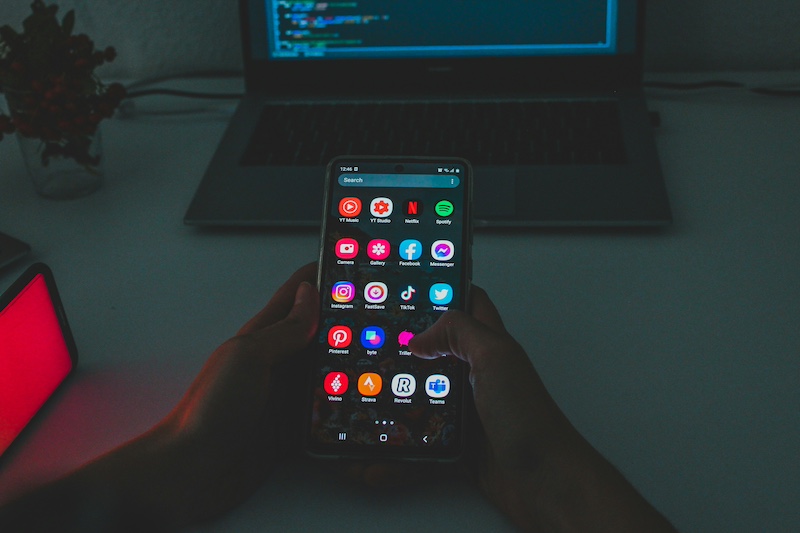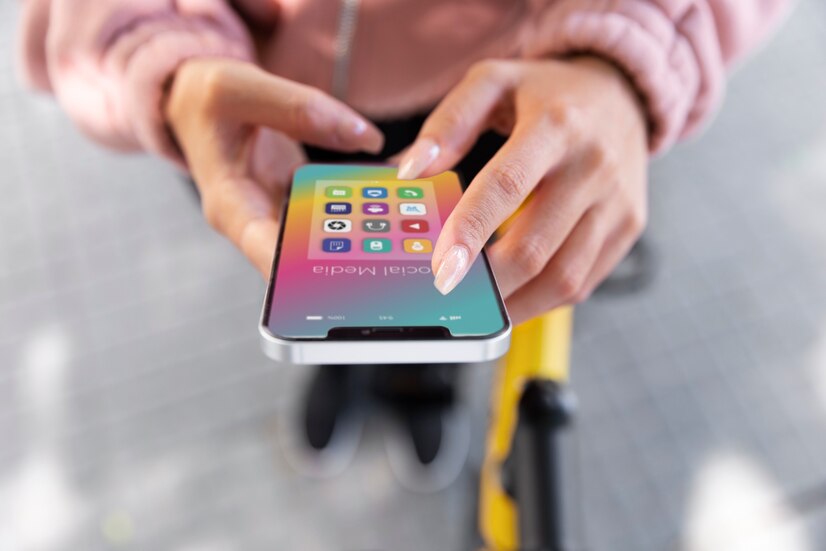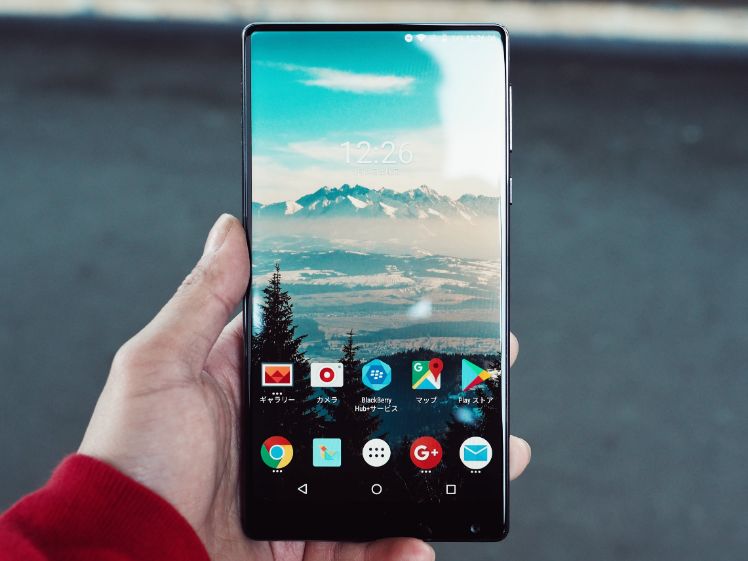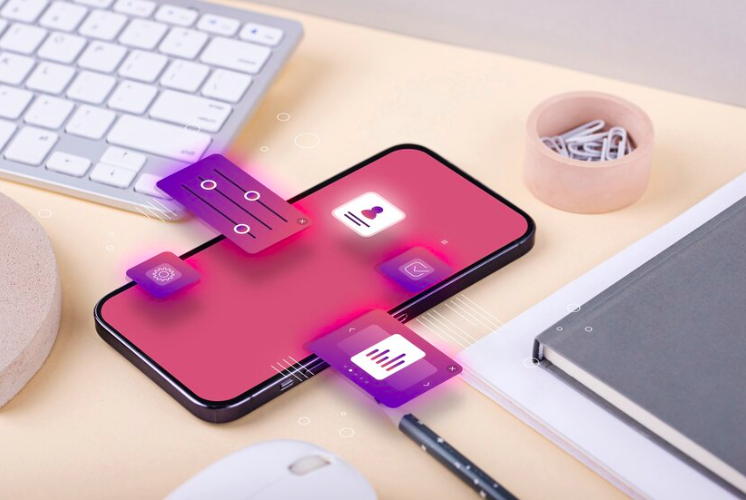Let’s begin by describing geo-location, it is the process of finding, determining and providing the exact location of a computer, networking device or equipment. It enables device location based on geographical coordinates and measurements. In 2009 the term was coined and since then the mobile feature has been gaining increasing importance, especially in mobile app development.
Due to this importance boom, more and more smartphones (not just the high end devices) are including geo-location software to determine our location. This is the perfect financial sector (mobile applications) to get the most out of the software with a wide variety of possibilities. In fact there are many things you can do with geo-location on your mobile device.
For example, using the location data from your device, you’re able to find nearby shops, cafes, cinemas, hardware, etc, or it can alter something as simple the time zone in which you find yourself in. This is achieved through your GPS tracking information that gets beamed to various satellites orbiting the Earth.
Having said that you also receive information through wi-fi, Bluetooth on top of the GPS, the final location is a combination of the data obtained through these tools. This is why the location is not always accurate, it’s more an approximate location.
Advantages of using geo-location
It has a high social power potential. This is due to the fact that it allows app users to share their location on social networks thus increasing brand awareness as well as allowing access to their friends and contacts.

Similarly it can be used within a marketing strategy. The inclusion of geo-location in mobile app development has allowed certain apps to increase their acquisition rate of members. It is definitely a booming functionality, especially since well-known mobile applications and brands such as Foursquare, Google Maps and Facebook have all incorporated within their mobile apps.
Push more information to the user… tourism, augmented reality, search and increased settings – These are but some examples of the type of apps that use geo-location to increase customer experience.
Swarm: This new application was born from the transformation of the social network Foursquare and is based on check-ins (created by Foursquare)
Nike + Running: This app keeps track of your runs and helps you achieve your goals; trying to run your first race or set a new personal record. It uses GPS to determine where you are, how many miles you’ve traveled and plots it on a map to review later.
Maps: Google Maps, Maps for iOS, and other types of applications like TomTom or food apps like JustEat make use of maps and use GPS to locate places of interest nearest the customer and illustrates the most direct routes and other navigational data.
Augmented Reality: Augmented Reality applications in the main use the devices’ camera. The GPS has the ability to recognize where the customer is situated and add contextual information, thus creating an Augmented Reality experience.






